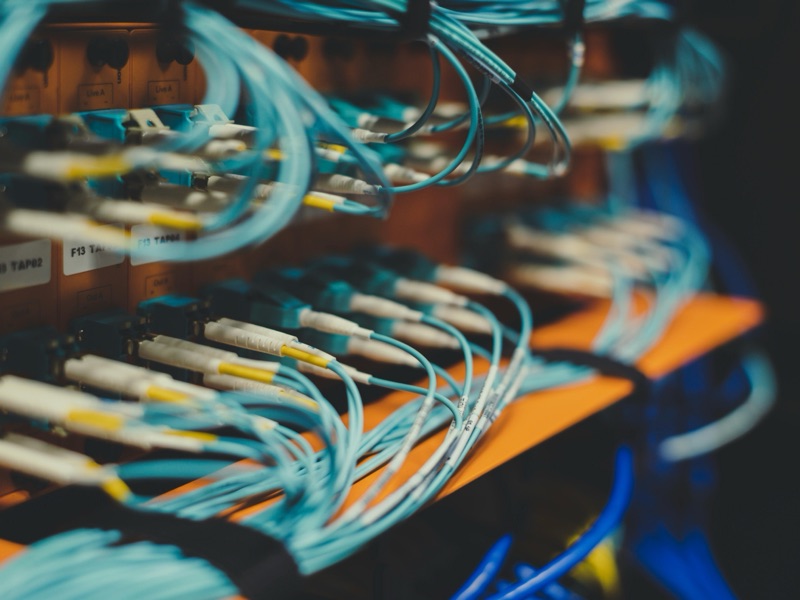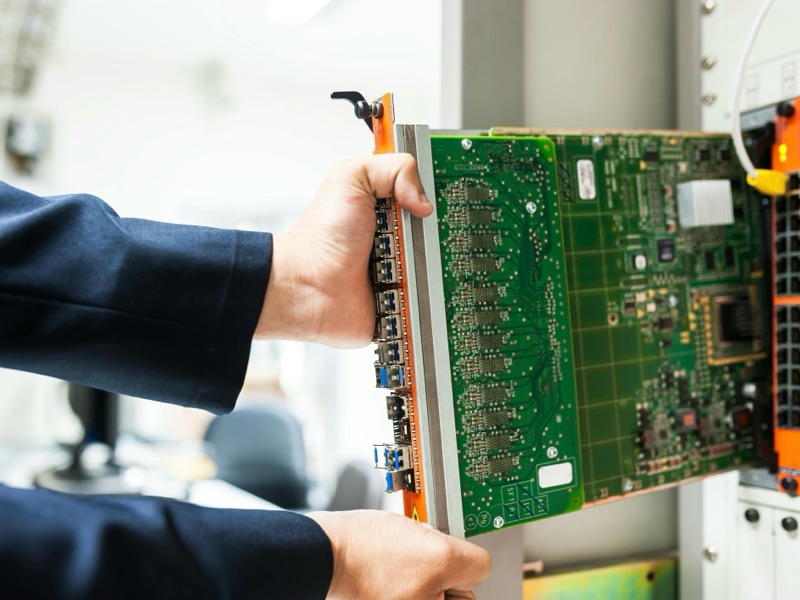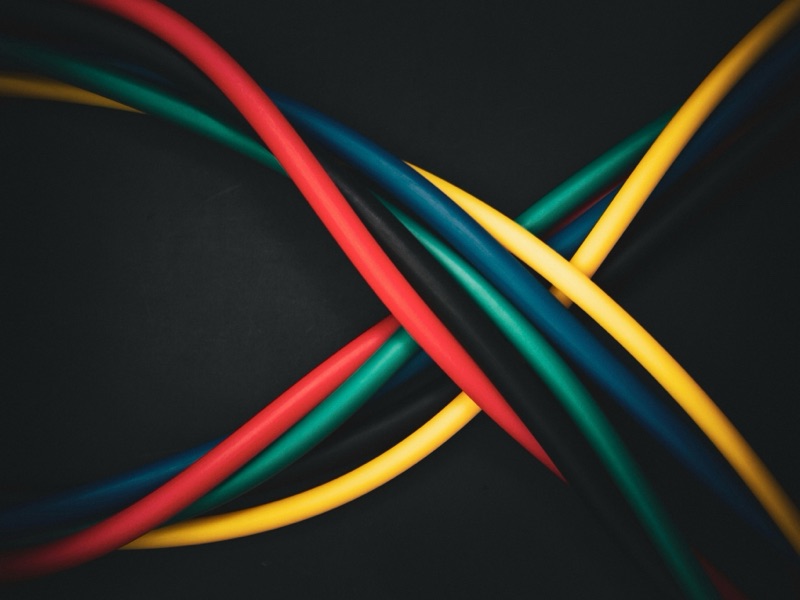In the digital world, everything starts with an address. Just like your home needs a unique address to receive mail, every device connected to the internet needs a unique IP address to send and receive data. For decades, this address system has been based on IPv4 — the fourth version of the Internet Protocol.
But here’s the catch: IPv4 is running out — and has, in many ways, already run out.

What is IPv4 and Why Is It Limited?
IPv4 stands for Internet Protocol version 4. It was developed in the early 1980s and uses 32-bit addresses. That means the total number of unique addresses is:
2³² = 4,294,967,296
That might sound like a lot — over 4.2 billion addresses — but in the age of smartphones, smart homes, and billions of IoT devices, it’s just not enough.
To make matters worse, not all IPv4 addresses are usable for public internet access. Large chunks are reserved for special use:
- Private networks (e.g., 192.168.x.x, 10.x.x.x)
- Multicast addresses
- Loopback and reserved ranges
Once you remove those, the number of publicly routable IPv4 addresses drops even further — to roughly 3.7 billion.

How Did We Run Out of IPs?
The IPv4 shortage isn’t sudden. It’s been decades in the making. In the early internet days, huge blocks of IPs were handed out with little oversight. Universities, corporations, and government organizations received /8 blocks — each containing over 16 million IP addresses.
As the internet exploded in the late 1990s and 2000s, address space started to vanish quickly:
- More people got online.
- Mobile devices multiplied.
- New tech like cloud computing and IoT devices exploded demand.
The final nail came in the 2010s:
- The Internet Assigned Numbers Authority (IANA) allocated the last IPv4 address blocks in 2011.
- Regional registries (ARIN, RIPE, APNIC, etc.) began exhausting their allocations shortly after.
What Happens When There Are No More?
When there are no more IPv4 addresses left to allocate, organizations must:
- Buy or lease existing IPs on the secondary market (where prices have skyrocketed — up to $40 per IP as of 2025).
- Use NAT (Network Address Translation) to allow multiple devices to share a single public IP.
- Transition to IPv6, the long-term solution.

IPv6: The (Inevitable) Future
IPv6, developed in the 1990s, uses 128-bit addresses — offering an unfathomable number of unique combinations:
2¹²⁸ = 340,282,366,920,938,463,463,374,607,431,768,211,456
(That’s 340 undecillion — enough for every atom on Earth to have its own IP.)
So why haven’t we all moved to IPv6 yet?
- Compatibility issues with legacy hardware/software.
- Complex transition for large organizations.
- Lack of urgency due to workaround solutions like NAT and IP sharing.
But the tide is turning. As ISPs, content providers, and mobile networks roll out IPv6 more broadly, the transition is gaining momentum. According to Google’s IPv6 adoption stats, over 40% of users globally now access Google services over IPv6 as of 2025.

Why This Matters to You
If you run a business, manage a website, or build software, understanding IPv4 exhaustion is more than trivia — it’s essential:
- Hosting costs are increasing due to IP scarcity.
- Scalability may be limited if you’re relying on IPv4 infrastructure.
- Security and performance can be impacted by aggressive NAT usage.
- Future-proofing your services means embracing IPv6 now, not later.
Final Thoughts
IPv4 gave us the modern internet — but it was never designed for a world with 30+ billion connected devices. As the supply of IPv4 addresses continues to dry up, and their value continues to rise, the only sustainable path forward is transitioning to IPv6.
It’s not just a technical upgrade — it’s the foundation of the next internet age.
Comments
Post a Comment